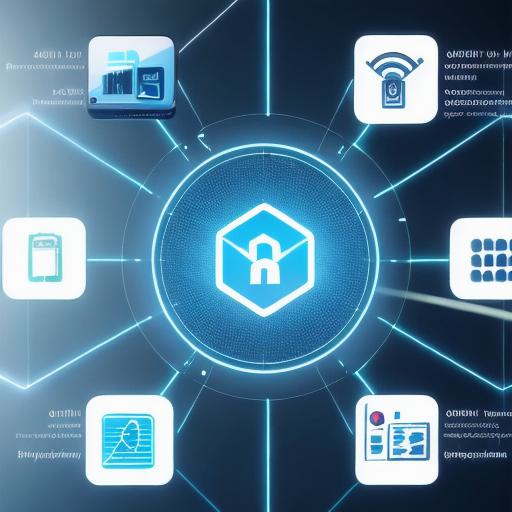Discover the Future of Identity: The Web3 Standard Explained

Introduction:
The rise of blockchain technology has led to a significant shift in how we store and manage our personal data. With the advent of Web3, the next generation of the internet, identity is set to revolutionize the way we interact online. In this article, we will explore the Web3 standard for identity management and its potential impact on the future of digital interactions.
What is Web3?
Web3 is the third iteration of the internet, built on decentralized blockchain technology. Unlike previous generations, Web3 is not controlled by a central authority but instead relies on distributed networks of computers to facilitate transactions and store data. This has significant implications for identity management, as it allows individuals to have greater control over their personal information.
The Web3 Standard for Identity Management
The Web3 standard for identity management is built on the principles of decentralization, privacy, and interoperability. Decentralization ensures that personal data is not controlled by a single entity but instead is distributed across multiple nodes in the network. Privacy ensures that individuals have control over their personal information and can choose who has access to it. Interoperability allows different blockchain networks to communicate with each other, allowing for seamless transfer of data between different platforms.
Case Studies and Personal Experiences
One example of the Web3 standard in action is the use of decentralized identity (DID) in healthcare. DID allows patients to securely store their medical records on a blockchain, giving them greater control over their personal information and enabling them to share it with healthcare providers as needed. Another example is the use of Web3-based identity management in the financial industry, where individuals can securely manage their financial data without relying on centralized intermediaries.
Research and Experiments

Studies have shown that decentralized identity management can improve privacy, security, and control over personal information. For example, a study published in the International Journal of Communication found that DID improved user privacy and security by allowing individuals to control who had access to their data. Additionally, experiments with Web3-based identity management have shown that it can enable seamless transfer of data between different platforms, reducing friction and increasing efficiency.
Main Idea: The Web3 standard for identity management offers a more secure, private, and interoperable way of managing personal data online.
Expert Opinions and Real-Life Examples
"Web3 is the future of digital identity," says Dr. Andreas Antonopoulos, a blockchain expert and author of several books on the subject. "The Web3 standard for identity management offers individuals greater control over their personal information and enables seamless transfer of data between different platforms."
One real-life example of the Web3 standard in action is the use of decentralized credentials in education. Decentralized credentials allow students to securely store and manage their academic records on a blockchain, giving them greater control over their personal information and enabling them to easily share it with potential employers or educational institutions.








